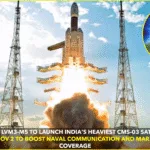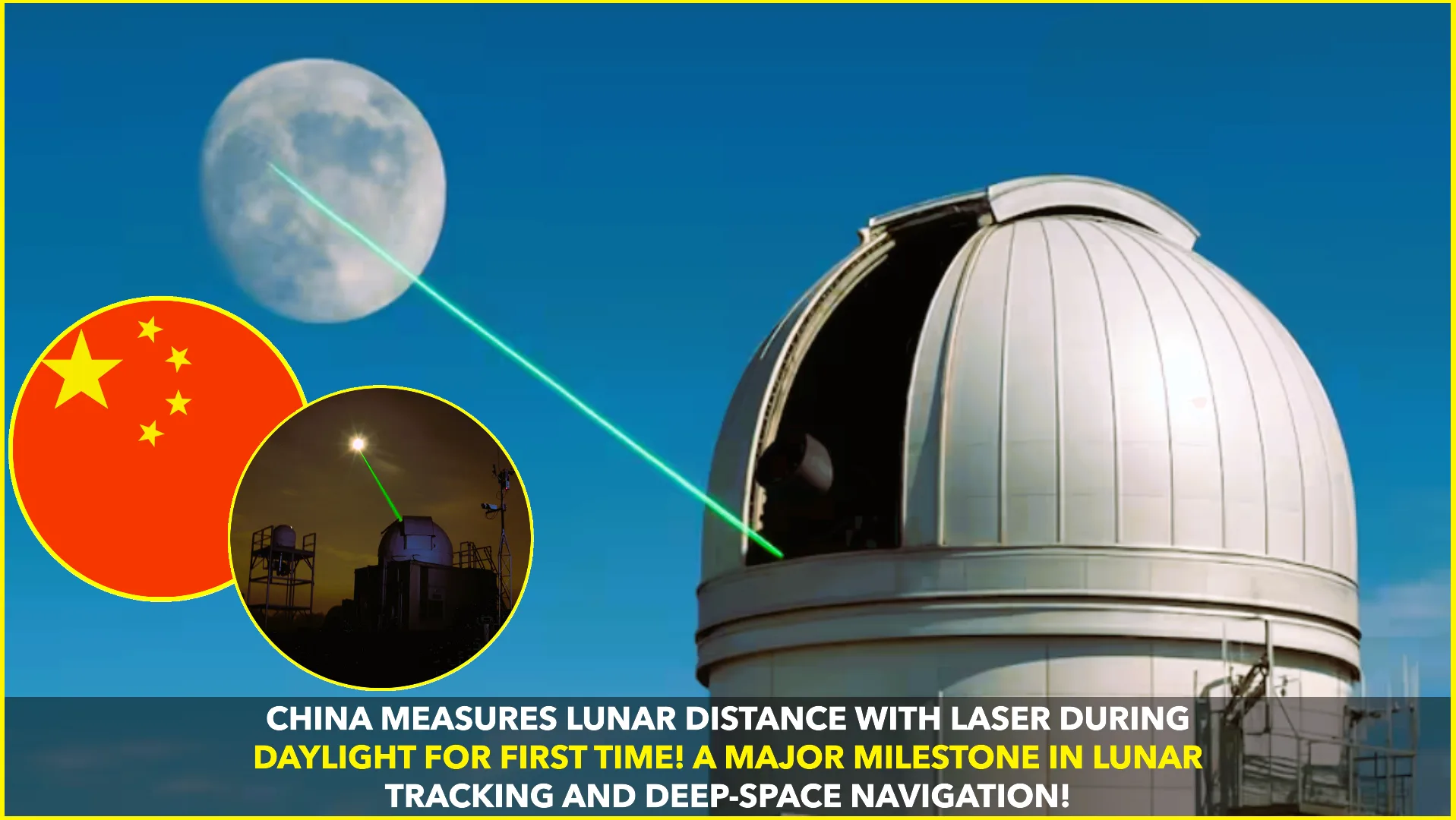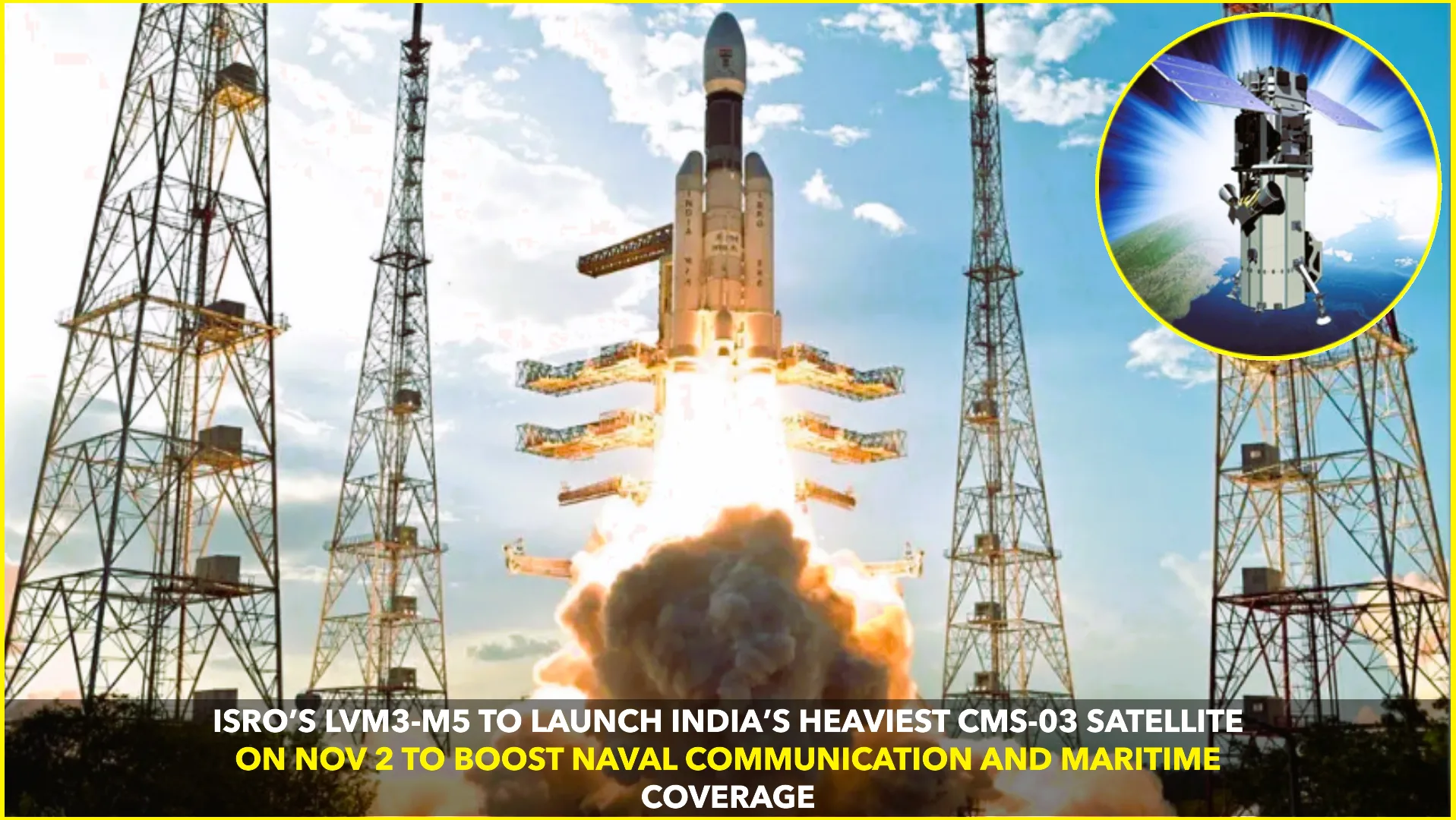China has achieved a groundbreaking milestone in space exploration by independently measuring the distance between Earth and the Moon using laser technology for the first time. This remarkable achievement, which occurred during daylight hours, marks a world-first in lunar tracking.
According to Space.com, Chinese scientists fired a high-powered laser from a 1.2-meter telescope at the Yunnan Observatories, aiming it at a retroreflector aboard the Tiandu-1 satellite, which is orbiting the Moon. This marked the first-ever successful laser ranging test conducted in the Earth-Moon corridor during the day, a significant challenge due to the interference of solar light, which often drowns out the faint return signal from the Moon.
The laser technology works by sending a pulse of light to the retroreflector on the satellite, and measuring the time it takes for the light to return. By precisely calculating the time taken for the light to travel to and from the Moon, scientists can now determine the Earth-Moon distance with millimeter-level accuracy.
The success of this daytime test is an important leap forward for deep-space navigation, as it opens up the possibility of 24/7 lunar distance measurements, regardless of sunlight. This technology allows for far more frequent and reliable measurements than ever before, which will be crucial in the precise positioning of satellites, future lunar missions, and even crewed landings on the Moon.
One of the most significant outcomes of this achievement is that China has now gained full independence from foreign data sources for lunar tracking. This milestone will not only enhance the accuracy of future lunar missions but also significantly improve the precision of China’s planned International Lunar Research Station (ILRS), a joint venture with Russia that is set to establish a permanent human presence on the Moon.
China’s ability to carry out such precise measurements with laser technology provides a new tool for space agencies around the world to track lunar activities with much more accuracy and reliability. With the ability to measure distances at millimeter accuracy, this new capability will play a pivotal role in everything from satellite positioning to mission planning for future lunar expeditions.
This breakthrough in space technology highlights China’s growing space capabilities and its increasing role in the global space race. The development of this independent lunar tracking method promises to enhance not only China’s space endeavors but also contribute significantly to global lunar exploration initiatives.
In the future, this laser-based measurement technology will allow for continual monitoring of lunar distances, supporting everything from satellite navigation to the critical calculations needed for human expeditions to the Moon. This achievement is a clear indicator of China’s rapidly advancing space technologies and its ability to break new ground in the realm of lunar exploration.










